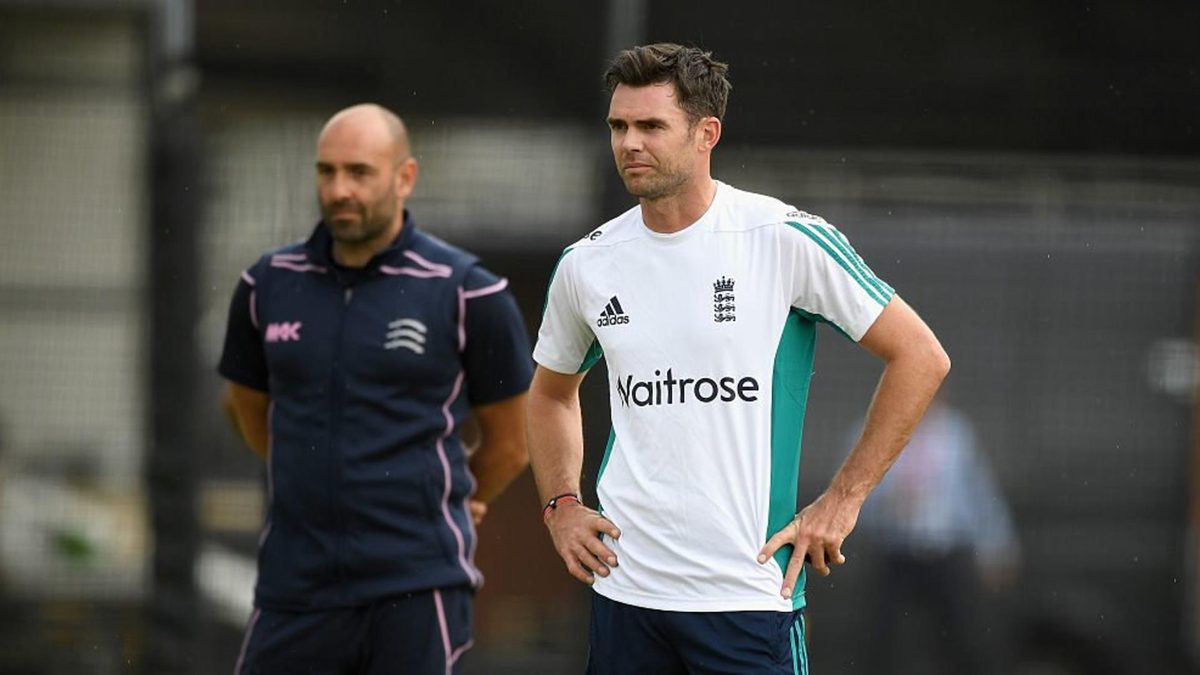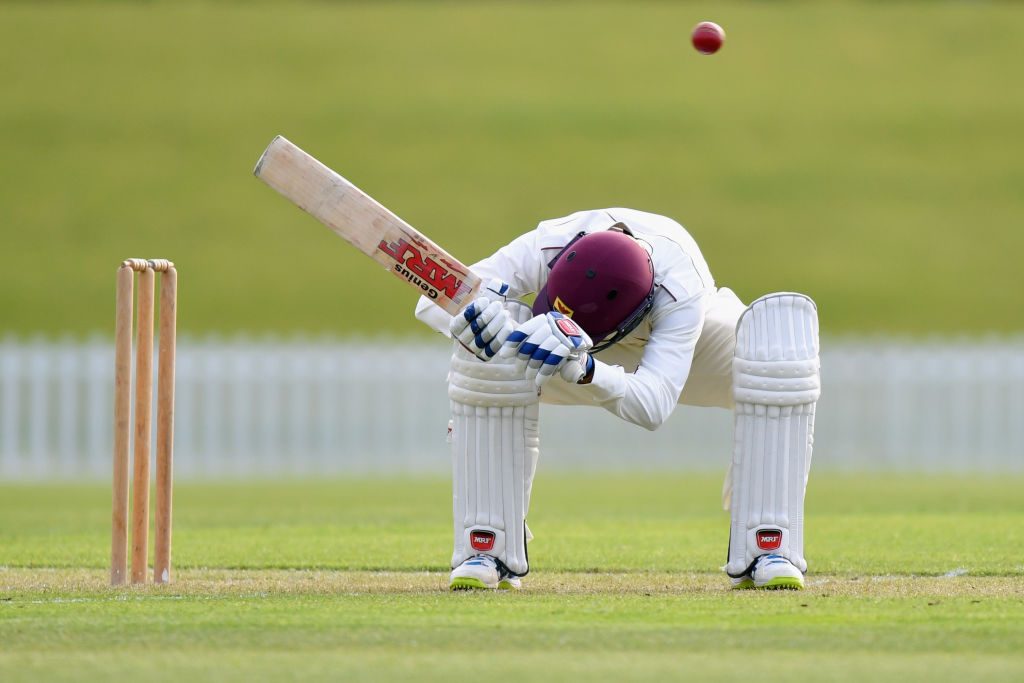
Former England and Middlesex paceman Richard Johnson, now regarded as one of the country’s premier fast-bowling coaches, on the key components of bowling seam.
This article first appeared in Wisden Cricket Monthly
Making the new ball count
Regardless of whether it swings or seams, the key to bowling with the new ball is making the batter play as many times as you can and making the most of it when it’s at its freshest. You’ve got to work out what type of pitch it is quickly and then adapt to conditions – deciding which length and line is best to bowl at. If it’s a bouncy track, it’s not a bad thing to get the batter pushed back a little bit with a shorter delivery, if that’s part of your tactic.
[breakout id=”0″][/breakout]
Some players like taking the new ball more than others. It’s a different feel. For some people it can feel a bit slippy out of the hand and they can’t control it as well. But there are more wickets to be taken when you have the new ball than not, because the batsman is new and you’ve got your best chance with a big seam and a shiny, harder ball.
You can only begin to feel more comfortable with the new ball by practising with it as many times as you can.
Harness individuality
In the modern game it’s very much about individuality in your action and working from there. There are basic positions that you coach because that’s been researched and it helps, but as a coach you want to encourage individuality.

There are positions that some bowlers get into that put their back under strain, so as a coach you’ve got to make sure their action is safe. If it is, and they’re bowling in decent areas and moving the ball, then there’s no need to interject. If they are spraying it all over the place or not bowling particularly well then there will be technical things you can probably help with.
Bumper returns
With the bouncer, where you direct it depends on what you’re trying to do. If you’re trying to get the batsman out, sometimes a higher bouncer could be more effective, or a wider bouncer where they have to fetch it. But generally speaking a ball directed at the neck is ideal, as brutal as that sounds.
The key with the delivery is you’re trying to let the batsman know you’re around. We’ve seen over the winter in Australia their fast bowlers hammered our tail-enders with short balls and it puts a bit of doubt in your mind. If you’re getting a bit of a barrage and being forced on to the back foot, all of a sudden a length ball becomes a potent weapon.

From a batter’s point of view, no one likes the short ball, but some just cope with it better than others. No one wants to see it whizzing around their nose.
Keep perspective
From a coaching point of view, it’s very important to remember what it was like to be a player. You go through all your coaching badges and your levels and you end up on the other side of the line, but you need to remember what it was actually like to bowl fast every day and how hard it is.
[breakout id=”1″][/breakout]
No one is perfect, we’re all humans and allowed bad days. You can forget that sometimes as a coach. You can get frustrated and think they should be doing better, but you’ve got to remember that you were there once and you didn’t bowl well every day. Although a lot of coaches probably think they did!
DRILL!
Set out two lines of cones so you create a track from the top of your run-up all the way through to the batter in a straight line.
Then when you come in to bowl, make sure you stay between the cones when you release the ball and follow through. This will stop you changing direction, jumping into the wicket or falling away at the end, and it will encourage you to run through straight lines to your target.








